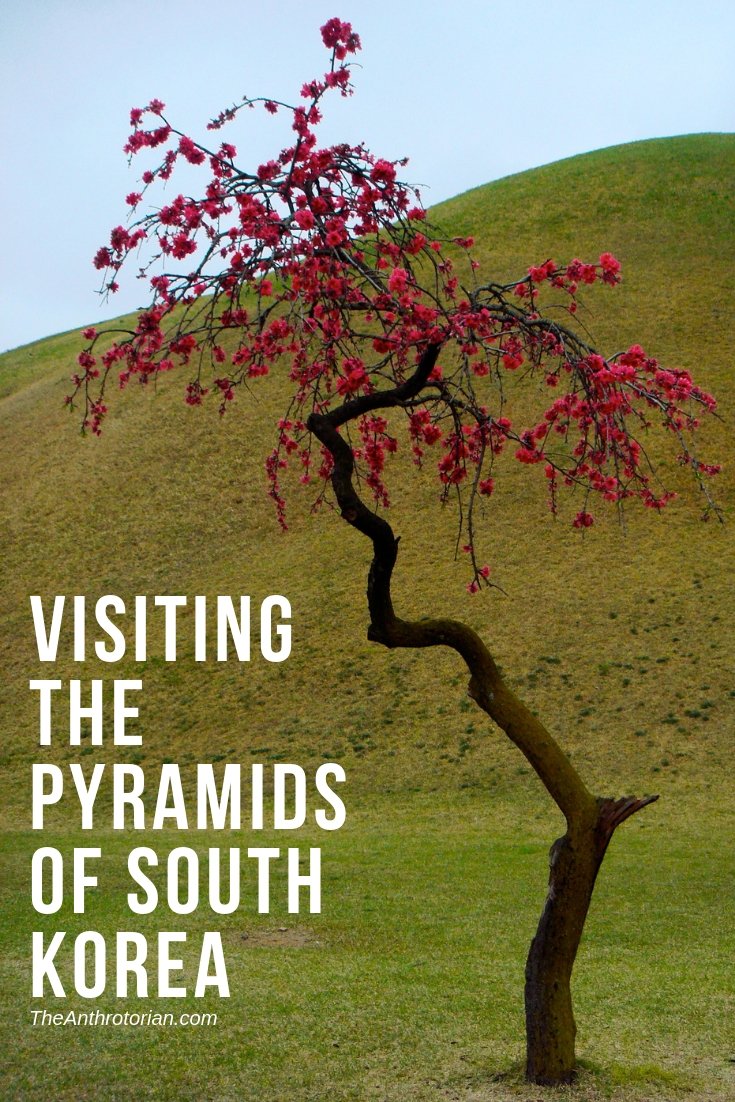Poo-doon-mao oh don gee yo was my (phonetic) address when I lived in South Korea, and one of the first things that I learned to say (once it had been written out for me of course) in Korean. I was told that it meant something like, “the brownish-orange buildings with numbers in the 500s on them.” All I knew for sure was that when I got in a cab and said it to the driver, I would end up in the right spot.
The fact that I didn’t know a single word of Korean had nudged at the back of my mind more than a few times while I was preparing to travel to South Korea. I tried to study as much as I could using a phrasebook on the flight over, but I forgot everything that I thought I knew the minute I was faced with actually having to speak the foreign language.
Luckily, my desk at work ( I was an English Teacher for just over a year) was located next to Wendy, an extremely kind Korean teacher who, in my first week, wrote some basic greeting and direction words out phonetically for me to use as a cheat sheet. She also gave me her phone number and told me to call her whenever I was in need of a translator. With her help, and the fact that most South Korean’s did not speak English so I was completely immersed, it didn’t take long for me to pick up enough of the language so that I could order food, direct a cab and exchange greetings. If I ever found myself in a situation where I just wasn’t being understood, I would shrug my shoulders, say “No Korean…English”, and hope for the best.
The written form of the language, called hangul, at first glance looked like hieroglyphs to me (and I was without a Rosetta Stone) but I soon learned that it looked a lot more complicated than it really was.
It was created in 1443 by the fourth king of the Joseon Dynasty, Sejong the Great, to replace the Chinese characters, or hanja, that had been used exclusively up to that point. Hanja characters were fundamentally different from the spoken Korean language, and were not accurately conveying its sounds. At the time, thousands of symbols had to be memorized just to be able to write a simple document. To put it in perspective, today’s modern Chinese writing dictionaries contain over 60,000 symbols and knowledge of at least 3,000 of them would be needed just to read an every-day newspaper. In the 1400s, a time when education for the common classes was not a priority, the use of hanja characters resulted in aristocrats, usually male, being the only people who could read and write fluently, leaving the majority of Koreans illiterate.
Influenced by the teachings of Confucius, and the importance of education present in his philosophy, Sejong the Great designed hangul so that it was simple and easy to learn, giving even a commoner the opportunity to learn to read and write.
Built more like modern English (or Latin), the modern hangul alphabet is made up of 24 symbols, or 10 vowels and 14 consonants, representing phonetic sounds that in combination create words.
CONSONANTS:
ㄱ ㄴ ㄷ ㄹ ㅁ ㅂ ㅅ ㅇ ㅈ ㅊ
\ k,g \ \ n \ \ t,d \ \ r,l \ \ m \ \ p,b \ \ s,sh \ \ ng \ \ ch,j \ \ ch’ \
kiyok niun tikut riul mium piup siot iung chiut ch’iut
ㅋ ㅌ ㅍ ㅎ
\ k’ \ \ t’ \ \ p’,f \ \ h \
k’iuk t’iut p’iup hiut
VOWELS:
ㅏ ㅑ ㅓ ㅕ ㅗ ㅛ ㅜ ㅠ ㅡ ㅣ
\ a \ \ ya \ \ eo \ \ yeo \ \ o \ \ yo \ \ u \ \ yu \ \ eu \ \ ee \
When first introduced, this more accessible form of writing faced opposition by the literary elite, more specifically aristocratic scholars, who saw it as a threat to their status. Turning a country of illiterate commoners into an educated population would have turned the rules of hierarchy on their head. Not surprisingly, because of this, the use of Chinese symbols was not completely eradicated from the country by the hangul revolution, and hangul itself was not generally used until 1945 (North Koreans have used hangul exclusively since 1948).
Though no longer widely used, Chinese writing has stayed ingrained in South Korean society. I had students who attended hanja hagwons to learn how to read and write with the complex characters, and I even experienced old superstitions that stemmed from their use. After observing that the fourth floor was omitted from a lot of buildings, but the thirteenth was ever-present, I learned that this was because the Chinese symbol for death looks like the number 4, and so was treated by Koreans like North Americans treat the number 13.
Now the main written language of the South Korean people, hangul gives everyone in the country (no matter what class they come from) a fair start in the constant battle for intellectual supremacy.










